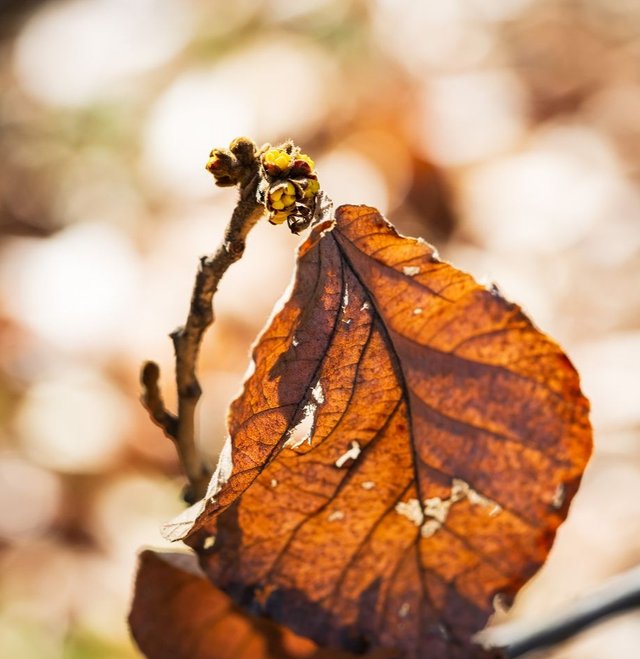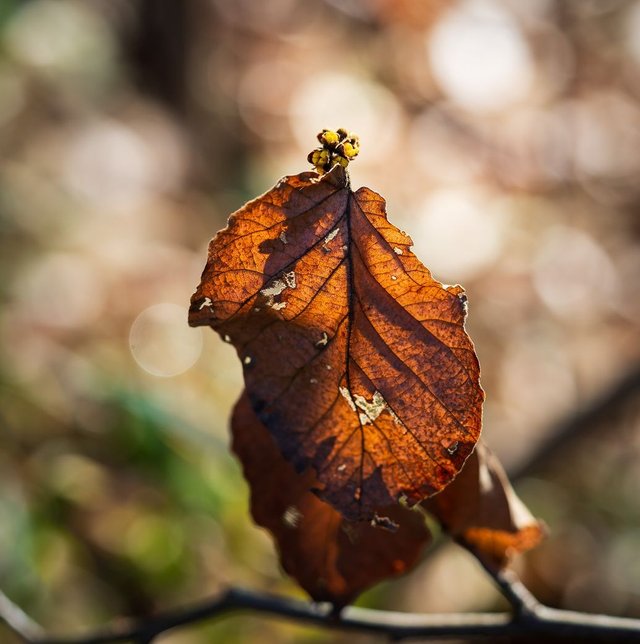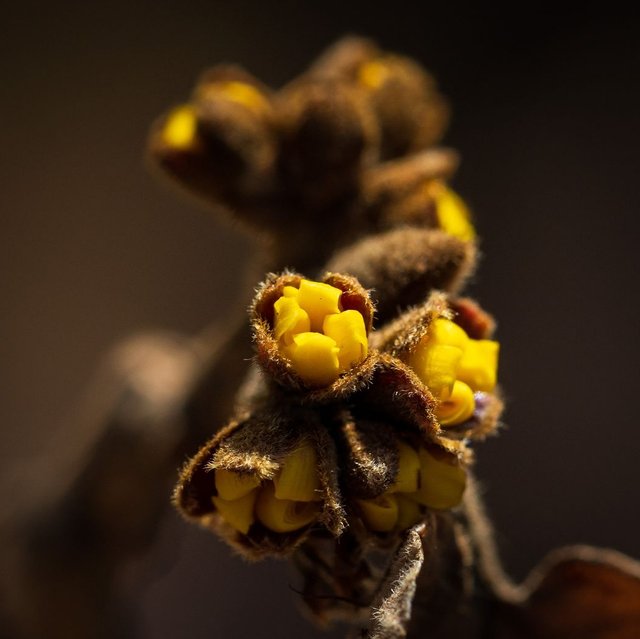Common Hazel,scientifically known as Corylus avellana,is a deciduous shrub or small tree that belongs to the Betulaceae family.Widely distributed across Europe and Western Asia,this species is renowned for its distinctive features,ecological significance,and various uses.
Botanical Characteristics:Common Hazel typically reaches a height of 3 to 8 meters,and its branches form an open,spreading crown.The leaves are roundish,serrated,and have a heart-shaped base,providing a distinctive appearance.During the spring,the shrub produces inconspicuous flowers in the form of catkins,with the male catkins being longer and more noticeable than the female ones.After pollination,the female catkins develop into nuts,enclosed in a leafy husk,commonly known as a hazel nut.
Ecological Importance:This versatile shrub plays a crucial role in ecosystems,providing habitat and sustenance for various wildlife.The catkins offer an early source of pollen for bees,contributing to pollination in the early spring.Additionally,the hazel nuts are a valuable food source for many mammals,including squirrels,deer,and birds.The shrub's ability to thrive in a variety of soil types and its adaptability to different climates make it a resilient and ecologically significant species.
Cultural and Historical Significance:Throughout history,Common Hazel has held cultural and historical significance in various societies.In ancient mythology,the hazel tree was associated with wisdom and protection.In Celtic folklore,hazel nuts were considered symbols of wisdom and poetic inspiration.The wood from the hazel tree has been used for centuries in crafting tools,wands,and divining rods.



Thanks For Reading
Device Information
| Device | Redmi Note 10 Pro |
|---|---|
| Lens | 64 mp |
| Location | Bangladesh |


@tipu curate
Downvoting a post can decrease pending rewards and make it less visible. Common reasons:
Submit